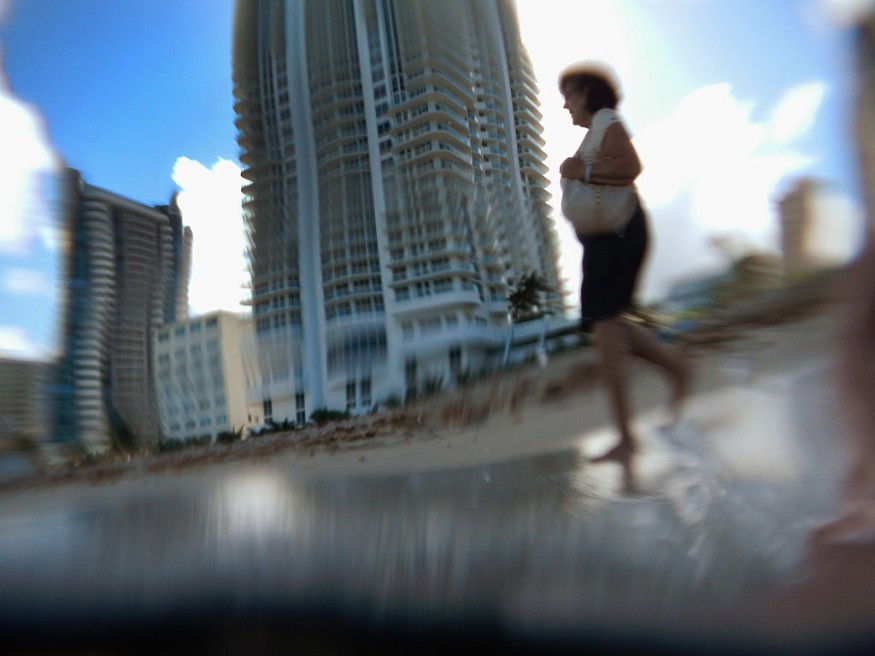Oceanfront cities in Florida including St. Petersburg are threatened to experience more flooding in the next 10 years, according to new study. Researchers found that the sea levels in the country are rapidly increasing and expected to rise up to 67 high-tide events by 2033.
The June 2021 study predicted approximately seven days of high-tide flooding in St. Petersburg in 2023, but forecasts suggest that the frequency would increase up to 70 days in 2033, with fair warning that relentless flooding could happen almost every day in some months.

Many coastal locations will begin to experience recurrent high-tide flooding due to the continuously rising sea levels around the United States, particularly along the Atlantic coast.
Associate dean Gary Mitchum of the University of South Florida College of Marine Science along with colleagues from University of Hawaii studies the relationship of the sea level rise with tidal cycles, eventually leading to rapid increase in flood events.
Coastal Cities to Experience Larger Risks
Florida's coastal cities will be in trouble when sea level does continue to rise rapidly in the future. A study on Florida's local land subsidence particularly in the Miami Beach and Norfolk reveals that flooding hazard will be prominent in coastal communities along the U.S. Atlantic coast as the city's foundation gradually wore away.
The 2020 study found that the sinking of buildings in the area such as the Champlain Towers South condominium in Surfside disaster was brought by sinkholes and human-induced activities like fossil fuel and groundwater extraction.
An investigation of the building's devastating collapse found that subsidence in the land ever since the 1990s played a big role in the crash, killing at least four people and around 160 had gone missing.
Now that sea level rise is expected to accelerate in the following years, the city government and officials hope to reduce the risk as much as possible.
Minimizing Disruption and Preparing for the Worst
"Sea level rise is just one part of climate change. It's a much bigger problem. So, when we talk about these things, we need to think about adaptation and mitigation.", Mitchum said.
Since a natural occurrence cannot be tamed, what a human can do is to plan and adapt. According to Mitchum, reducing the city's carbon emissions can pull down the rate of greenhouse gases and slow down global warming.
As for the possible impacts in buildings and other infrastructures as sea-level rise worsens, Andrea Dutton, a geoscientist at the University of Wisconsin, Madison and former associate professor of geology at the University of Florida said that the time to worry about it is now and it is never too early to design a sustainable plan in reducing its harmful impacts, whether to abandon or completely remove an infrastructure that imposes threat in the future.
The tragic event of the Champlain tower should serve as a reminder of what nature can do when human activities become out of control.
© 2025 NatureWorldNews.com All rights reserved. Do not reproduce without permission.





